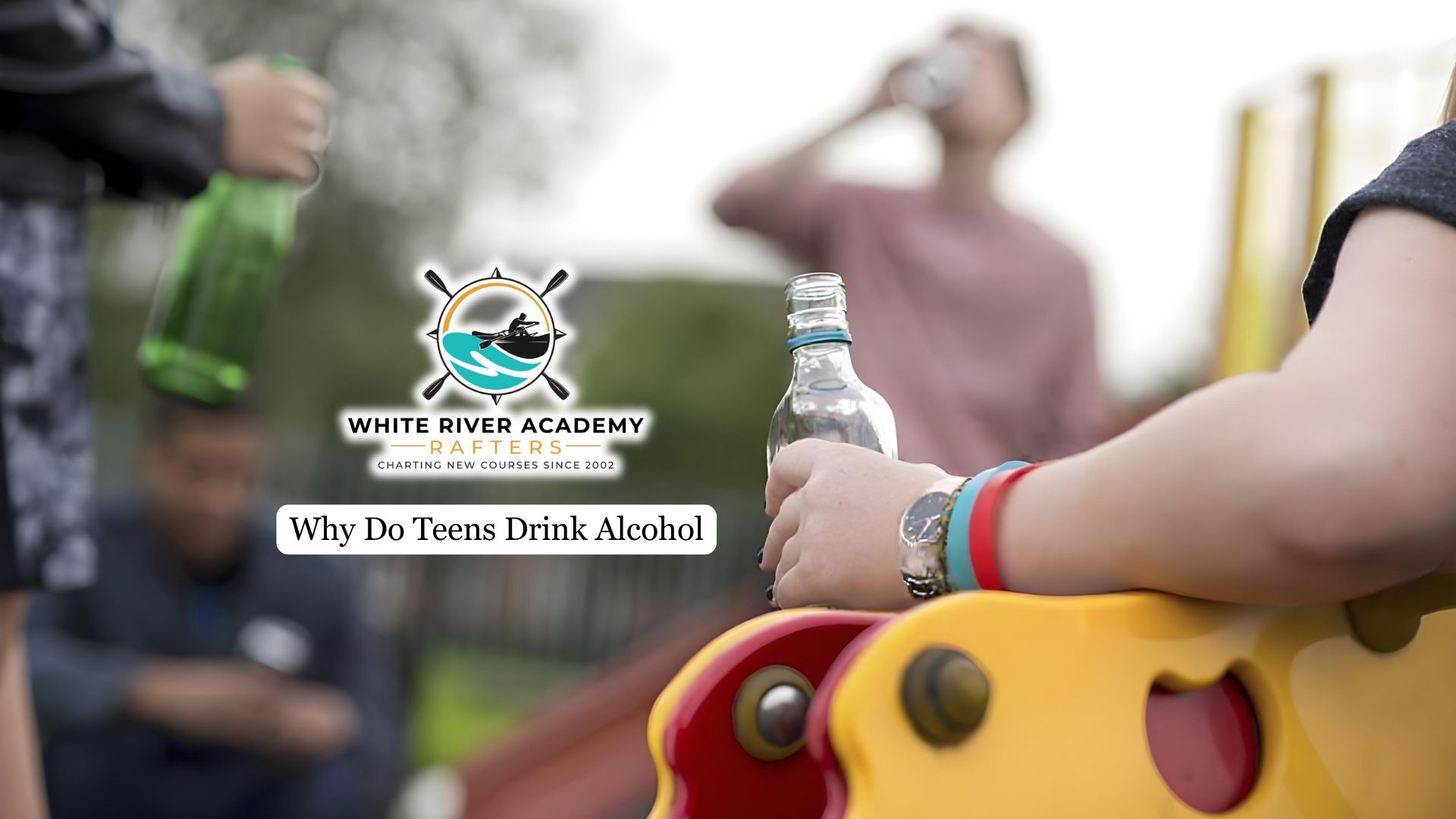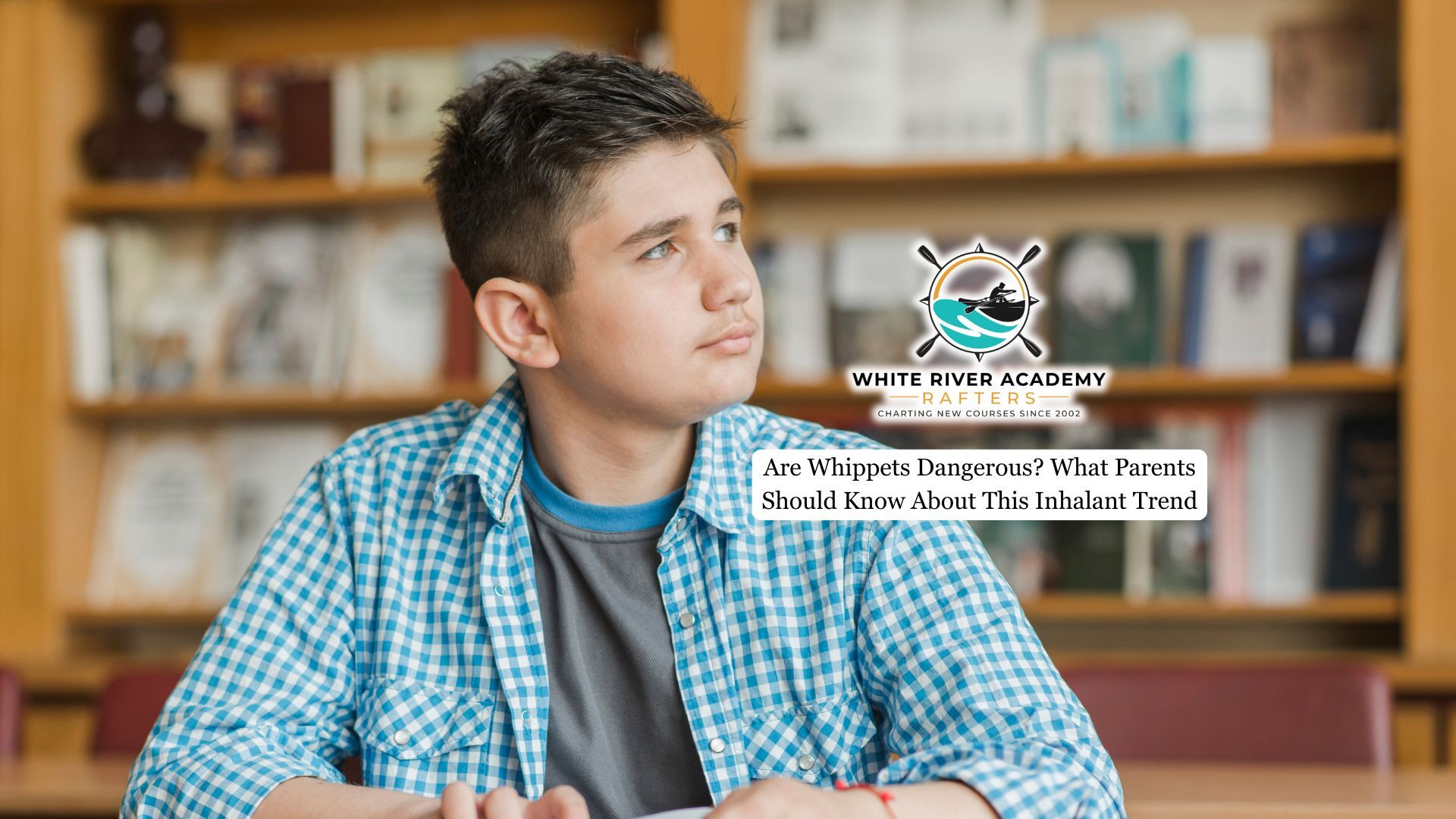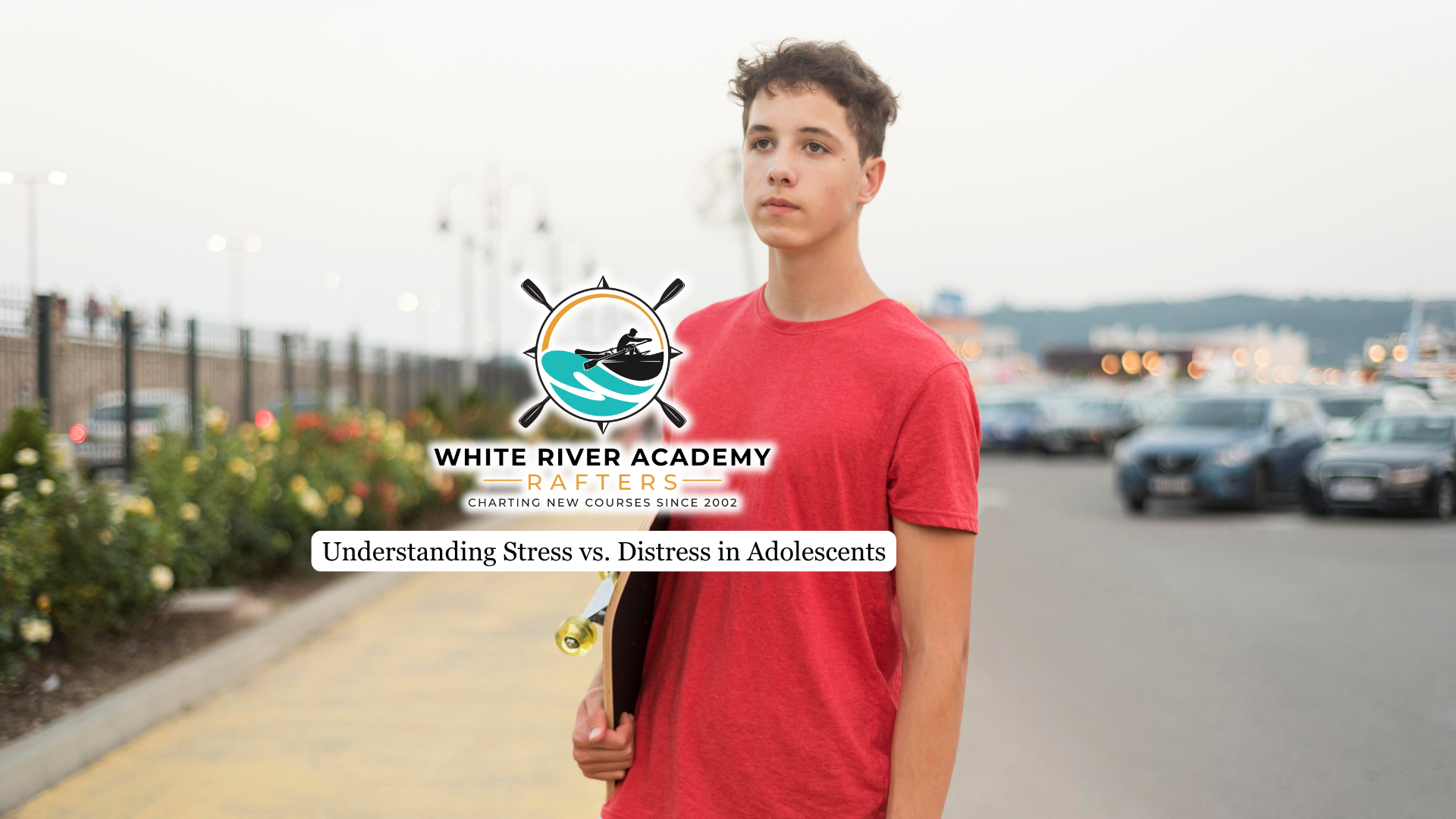Underage drinking among teenage boys continues to raise concern for parents, educators, and health professionals. It’s not just about rebellion or poor decision-making, as there are deeper influences shaping why adolescent boys turn to alcohol.
In the following sections, we will discuss the key factors driving alcohol use in male teenagers, including peer pressure, family dynamics, emotional challenges, media influence, risk-taking behavior, and gaps in education. By understanding these causes, we can better address the issue with targeted strategies that reflect the real challenges boys face today.
Peer Influence and Social Acceptance
For many male teenagers, peer groups function as the most powerful source of influence during adolescence. Drinking is often introduced in social settings where acceptance is linked to participation. Teenage boys may view alcohol as a social gateway, a way to bond, gain credibility, or avoid appearing weak in front of their friends. This is particularly true in environments where drinking is framed as a test of manhood or toughness.
The pressure to join in is not always overt, often, it’s the subtle fear of exclusion or being seen as different that leads boys to conform. The need to feel included becomes more urgent during high school years when identity and group belonging are especially fragile. In these cases, a structured Troubled Teen Program can help address the root causes of this behavior, offering guidance that supports emotional growth, resilience, and healthier decision-making.
Family Environment and Parental Modeling
The behavior and attitude of adults in the home shape how teenage boys perceive alcohol. Parenting styles, whether structured, permissive, or inconsistent, play a major role in how boys interpret what is acceptable. Teenagers who observe frequent or casual drinking by parents or older siblings may internalize the idea that alcohol is a normal, even essential, part of adult life. In households where rules are vague or alcohol is readily accessible, boys may feel less inhibited about experimenting with it themselves.
On the other hand, consistent parenting marked by clear expectations, discipline, and open communication tends to reduce the risk. When adult behavior contradicts verbal warnings, such as a parent discouraging drinking while modeling it themselves, teenage boys are more likely to follow what they see rather than what they are told.
Emotional Stress and Mental Health
Male teenagers often stay silent about their emotions, not because they don’t feel deeply, but because they are rarely encouraged to express vulnerability. This cultural silence around male emotional health leaves many boys without healthy outlets to process what they’re going through. Whether facing academic pressure, family conflict, social anxiety, or unresolved trauma, some turn to alcohol as a quiet coping mechanism. Drinking offers temporary relief without requiring them to explain what they’re feeling, which makes it particularly appealing to boys trying to maintain control or avoid appearing weak.
Because asking for help is often viewed as a sign of weakness, alcohol becomes a way to escape emotional discomfort without directly confronting it. Unlike external influences, emotional stress is harder to detect, which makes it one of the more dangerous and overlooked reasons behind early alcohol use.

Media Representation and Pop Culture Influence
Teenage boys are heavily influenced by media, especially when it comes to shaping perceptions of masculinity, risk, and lifestyle. Movies, music videos, and social media content often portray drinking as a sign of confidence, rebellion, or high status. Alcohol is rarely shown in a realistic light, and its consequences are minimized or completely ignored. For teenage boys navigating identity formation, these portrayals reinforce the message that drinking is part of becoming a man.
Whether it’s a music artist flaunting a bottle or a character in a series celebrating recklessness, these narratives contribute to a culture where alcohol is viewed as both normal and desirable.
Curiosity and Risk-Taking Behavior
Adolescent brain development naturally drives impulsive behavior, with boys often showing higher tendencies toward risk-taking. This developmental stage is characterized by a strong urge to seek new experiences, even without a full understanding of the consequences. Alcohol often becomes one of those experiences.
For teenage boys, the appeal isn’t always about getting drunk, it’s rather about crossing a line, trying something forbidden, and testing limits. Curiosity plays a central role, but it is fueled by the underlying belief that the behavior is temporary or harmless. The challenge lies in the fact that risk-taking, when combined with low impulse control, can escalate into regular drinking before the consequences are even realized.
Lack of Awareness and Education
Many male teenagers begin drinking without fully understanding what alcohol does to their developing brains and bodies. Education efforts, when present, are often generic and fail to address the real-life scenarios that boys face. Programs that rely on scare tactics or outdated information lose credibility among teens who don’t see their lives reflected in those messages. As a result, they underestimate the risks or believe they’re immune to them. Boys are more likely to experiment when they feel uninformed or misinformed, especially if no one has provided realistic, nonjudgmental conversations about alcohol and its effects.
Final Thoughts from White River Academy
Teenage alcohol use is shaped by peer pressure, emotional struggles, family influence, media, risk-taking, and lack of awareness. Understanding these factors is key to supporting boys in this critical stage. At White River Academy, we help adolescent boys confront these influences in a structured, supportive environment. Through emotional growth work, personal accountability, and a distraction-free setting, we guide students in developing healthier identities, stronger decision-making skills, and the resilience needed to overcome harmful behaviors.




